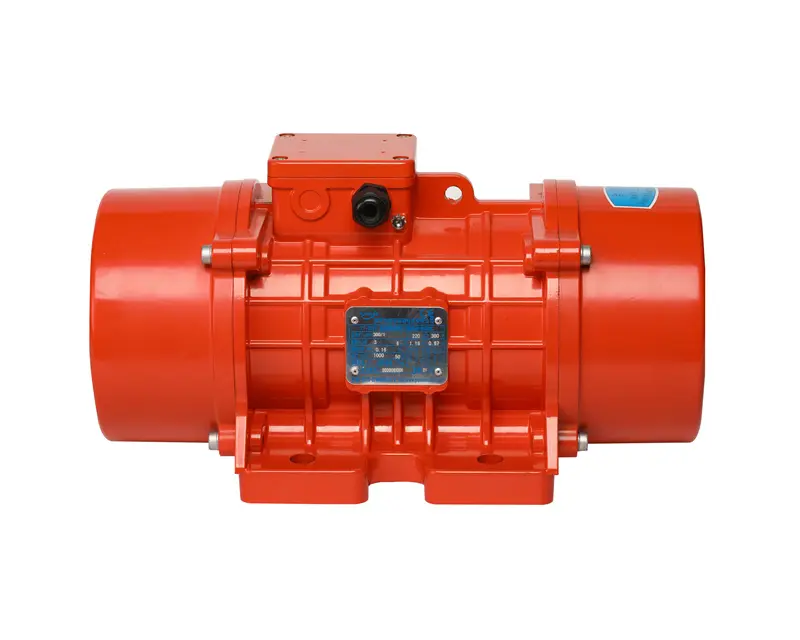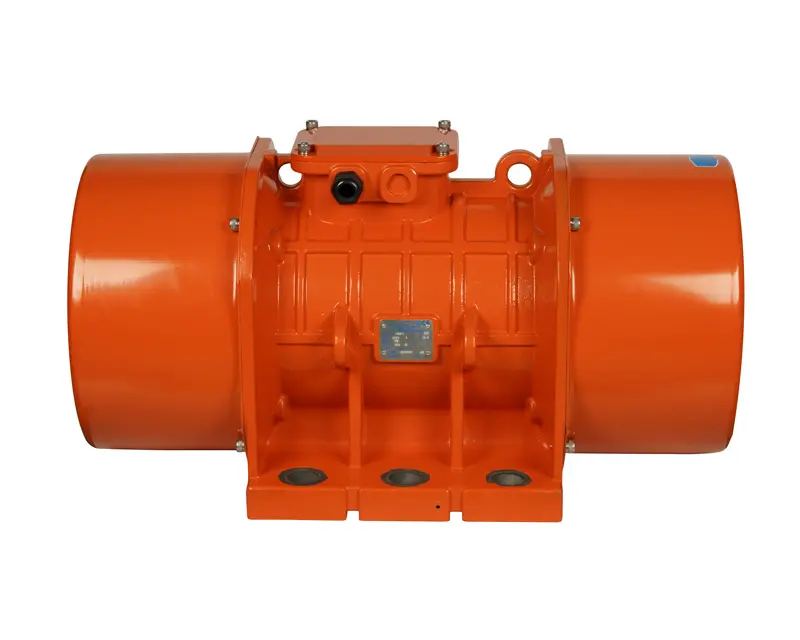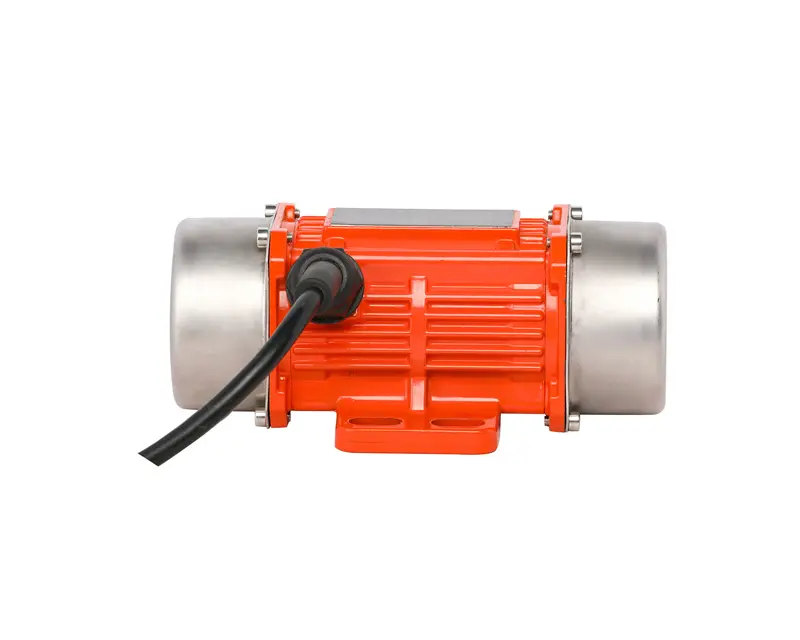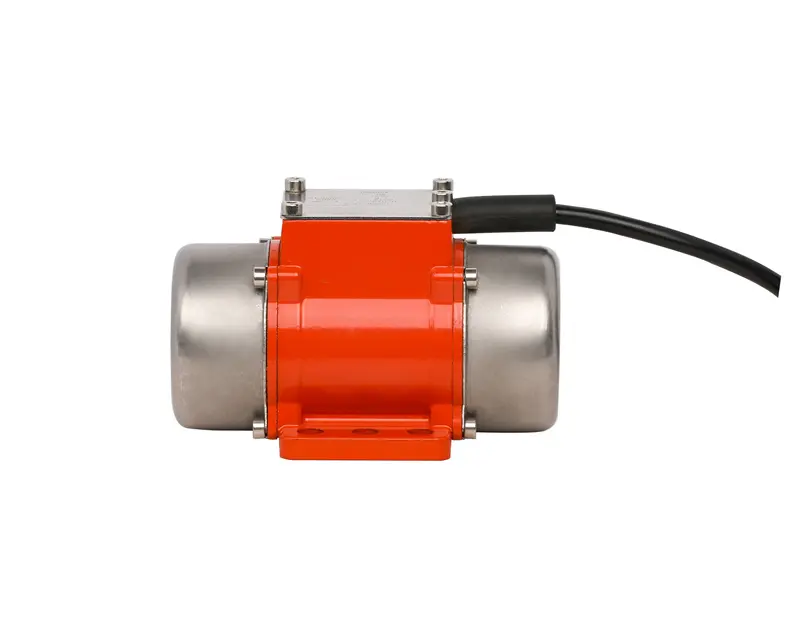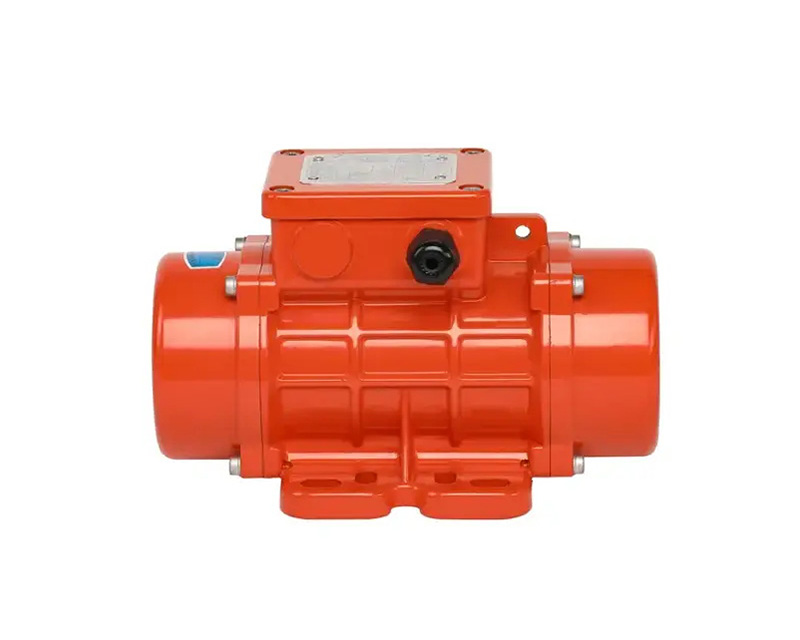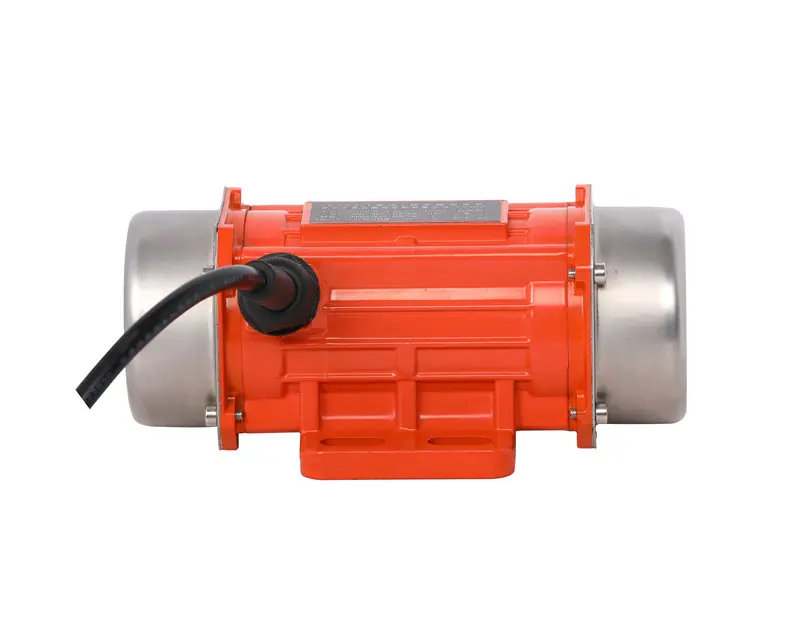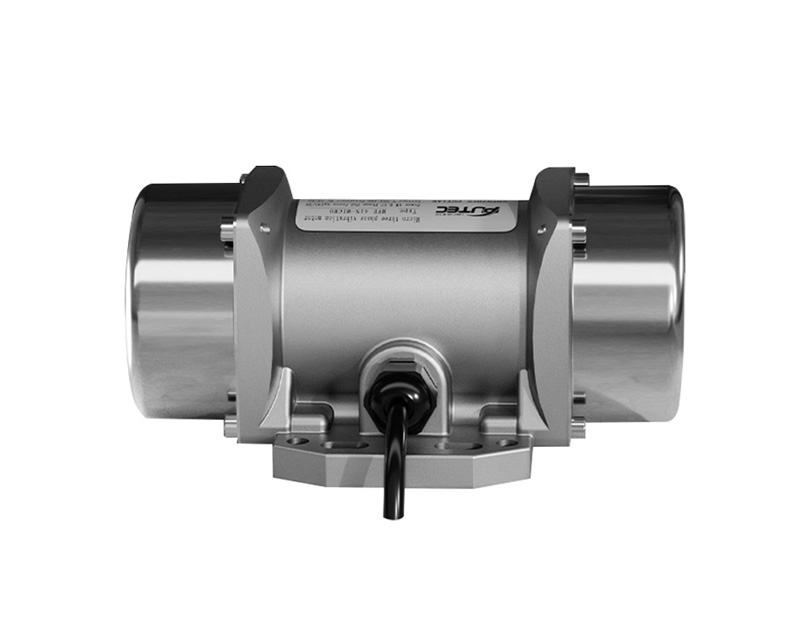Understanding High DC Motors And High-Precision Motors: A Comprehensive Guide
 Apr-11-2024
Apr-11-2024
 Industry News
Industry News
In the world of modern industry and technology, motors play a crucial role in powering various applications. Among the diverse types of motors available, high DC motors and high-precision motors stand out for their specific characteristics and applications. In this comprehensive guide, we will explore these two types of motors, their features, applications, and factors to consider when selecting the right motor for your needs.
High DC Motors: Characteristics and Applications
Overview of High DC Motors
High DC motors, also known as high-voltage direct current motors, are designed to operate at higher voltages than standard DC motors. This allows them to generate more power, making them suitable for applications that demand high performance and reliability. These motors are commonly used in industries such as automotive, aerospace, and manufacturing, where precision and control are paramount.
Features of High DC Motors
1. High Power Output: High DC motors offer increased power output, allowing them to handle heavy loads and challenging applications with ease.
2. Speed Control: These motors provide excellent speed control, enabling users to adjust motor speed to meet specific requirements.
3. Efficiency: High DC motors are designed to operate efficiently, less energy consumption and heat generation.
4. Torque Characteristics: These motors offer a high torque-to-weight ratio, making them suitable for applications that require significant force.
5. Durability: High DC motors are constructed with robust materials and components, ensuring longevity and reliability even in demanding environments.
Applications of High DC Motors
High DC motors are widely used in applications such as:
- Electric Vehicles: Providing power and control for electric cars, buses, and trucks.
- Industrial Machinery: Driving various types of equipment, including conveyor belts, pumps, and fans.
- Aerospace: Powering aircraft systems such as actuators, pumps, and avionics.
- Renewable Energy: Used in wind and solar energy systems to convert and transmit power efficiently.
High-Precision Motors: Characteristics and Applications
Overview of High-Precision Motors
High-precision motors are designed to deliver exceptional accuracy and control in applications that require fine-tuned movements. These motors are engineered to perform with small errors and up to repeatability, making them ideal for tasks such as positioning, robotics, and delicate manufacturing processes.
Features of High-Precision Motors
1. Accurate Positioning: High-precision motors offer precise control over movements, enabling accurate positioning in various applications.
2. Low Vibration and Noise: These motors operate smoothly, with less vibrations and noise, which is crucial for delicate tasks.
3. Repeatability: High-precision motors are designed to perform consistently, allowing for repeated tasks with small deviations.
4. Compact Design: These motors are often compact, making them suitable for applications with limited space.
5. High-Resolution Feedback: Equipped with advanced sensors, high-precision motors provide detailed feedback for real-time monitoring and adjustments.
Applications of High-Precision Motors
High-precision motors find applications in:
- Robotics: Enabling precise control of robotic arms and automated systems.
- Medical Equipment: Providing accurate movements for surgical robots and diagnostic devices.
- CNC Machinery: Offering fine control over cutting and shaping materials.
- Aerospace and Defense: Used in applications such as guidance systems and satellite positioning.
Selecting the Right Motor
When choosing between high DC motors and high-precision motors for your specific application, consider the following factors:
1. Power Requirements: Assess the power needs of your application and choose a motor that can meet those demands.
2. Control Needs: Determine the level of control required. For applications that need precise movements, a high-precision motor may be more suitable.
3. Environment: Consider the operating environment. High DC motors may be preferable for harsh conditions, while high-precision motors excel in controlled settings.
4. Cost and Efficiency: Evaluate the cost of the motor against its efficiency and long-term operational costs.
5. Size and Weight: Consider space constraints and weight limitations in your application.
6. Compatibility: Ensure that the motor is compatible with your existing systems and components.
High DC motors and high-precision motors offer unique benefits for different applications. By understanding their characteristics and selecting the right motor for your needs, you can optimize performance and efficiency in your projects. Whether you're working with heavy-duty machinery or delicate robotics, these motors provide the reliability and precision required to achieve your goals.


 English
English русский
русский Português
Português عربى
عربى فارسی
فارسی
